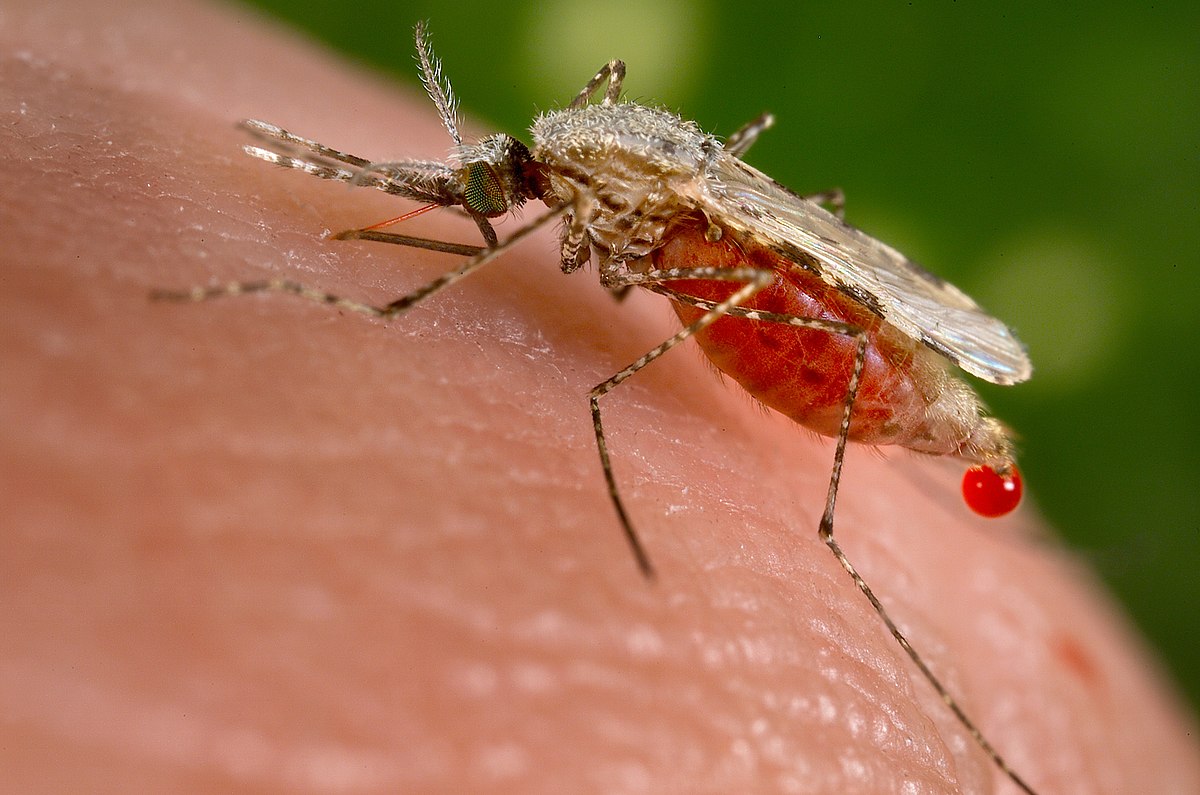Who is An. stephensi?
Understanding the invasive mosquito species reshaping malaria transmission in Africa.
Who is An. stephensi?
Anopheles stephensi is a mosquito species that can transmit malaria parasites to humans. Unlike most African malaria vectors that mainly thrive in rural or semi-rural settings, An. stephensi is highly adapted to urban environments. It breeds in artificial water containers such as barrels, tanks, and discarded containers—places common in cities and towns.
Originally found in South Asia and the Arabian Peninsula, An. stephensi has recently been detected in several African countries, including Djibouti, Ethiopia, Kenya, Nigeria, and Sudan — marking a major shift in malaria ecology on the continent.

How we’re addressing this ?
Project Objectives
To assess the bionomics and relative contribution of An. stephensi to malaria transmission compared to native malaria vectors across ecological zones.
Main Objective
Assess the bionomics, distribution, and relative contribution of An. stephensi in malaria transmission across different environments.
Specific Objectives
- ✔️ Characterize biting and resting behavior of An. stephensi.
- ✔️ Quantify its contribution compared to native malaria vectors.
- ✔️ Identify environmental and human factors driving its spread.
Our Work Packages
Five interconnected work packages guide our multidisciplinary research approach.